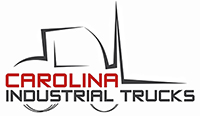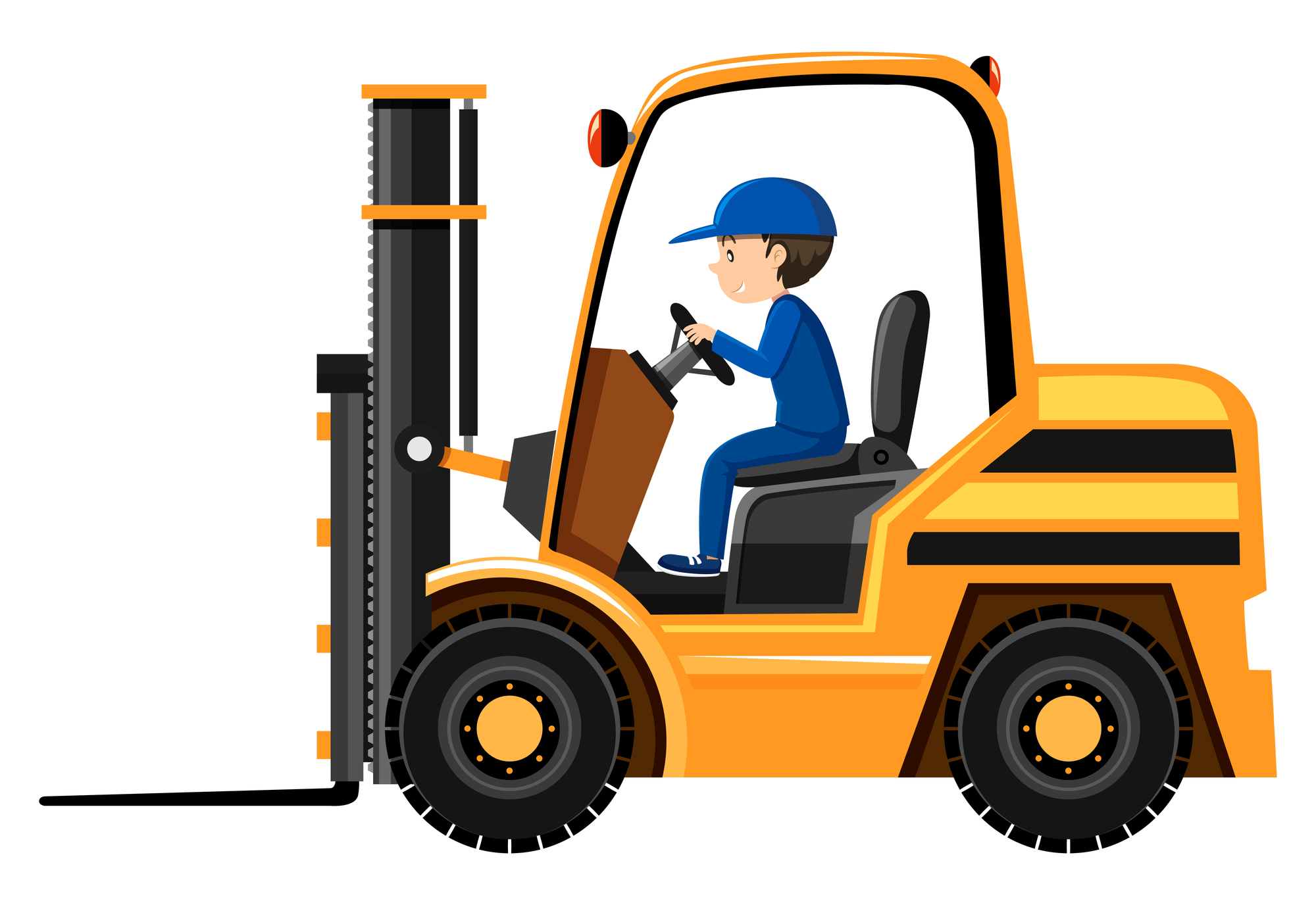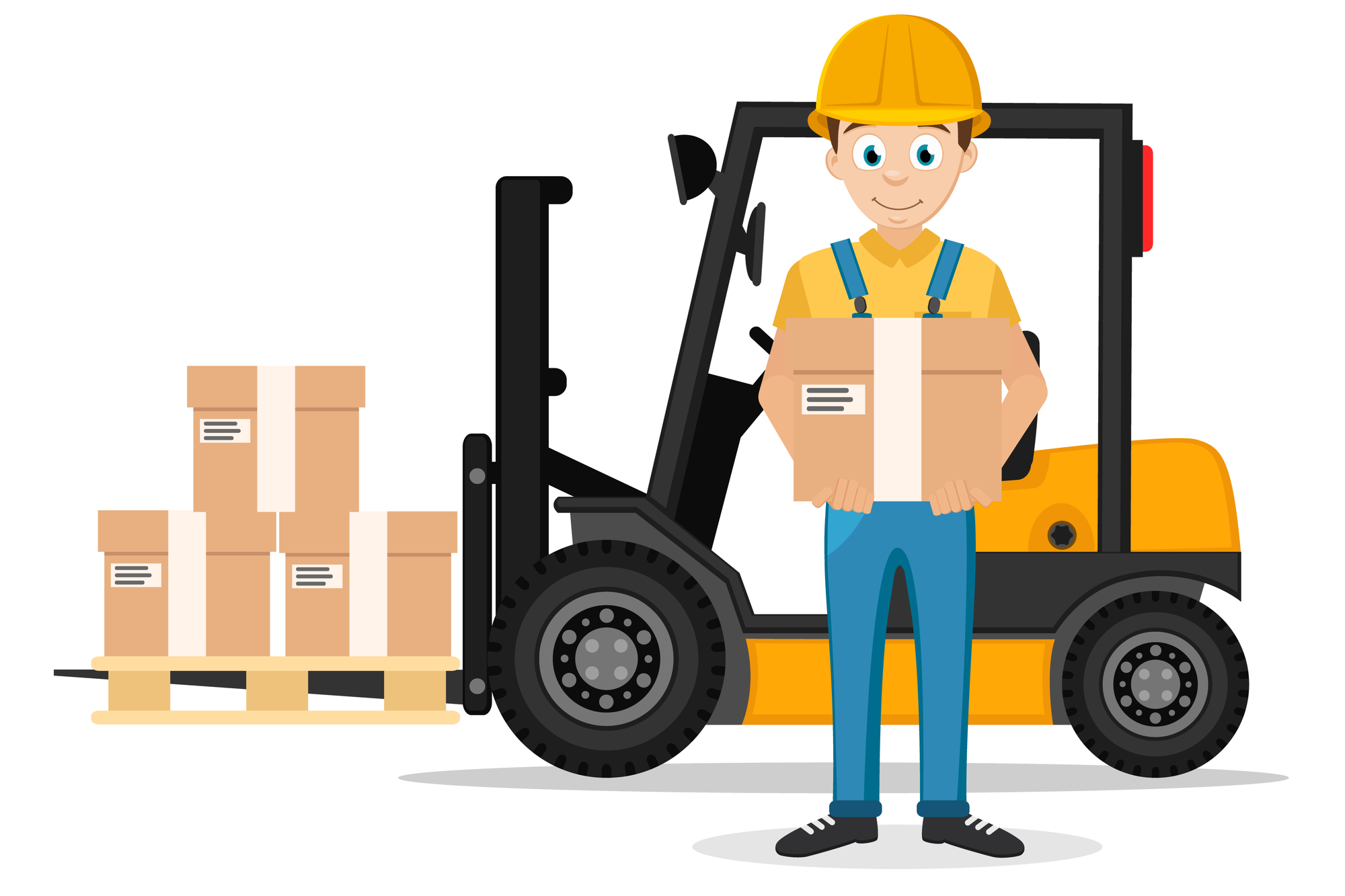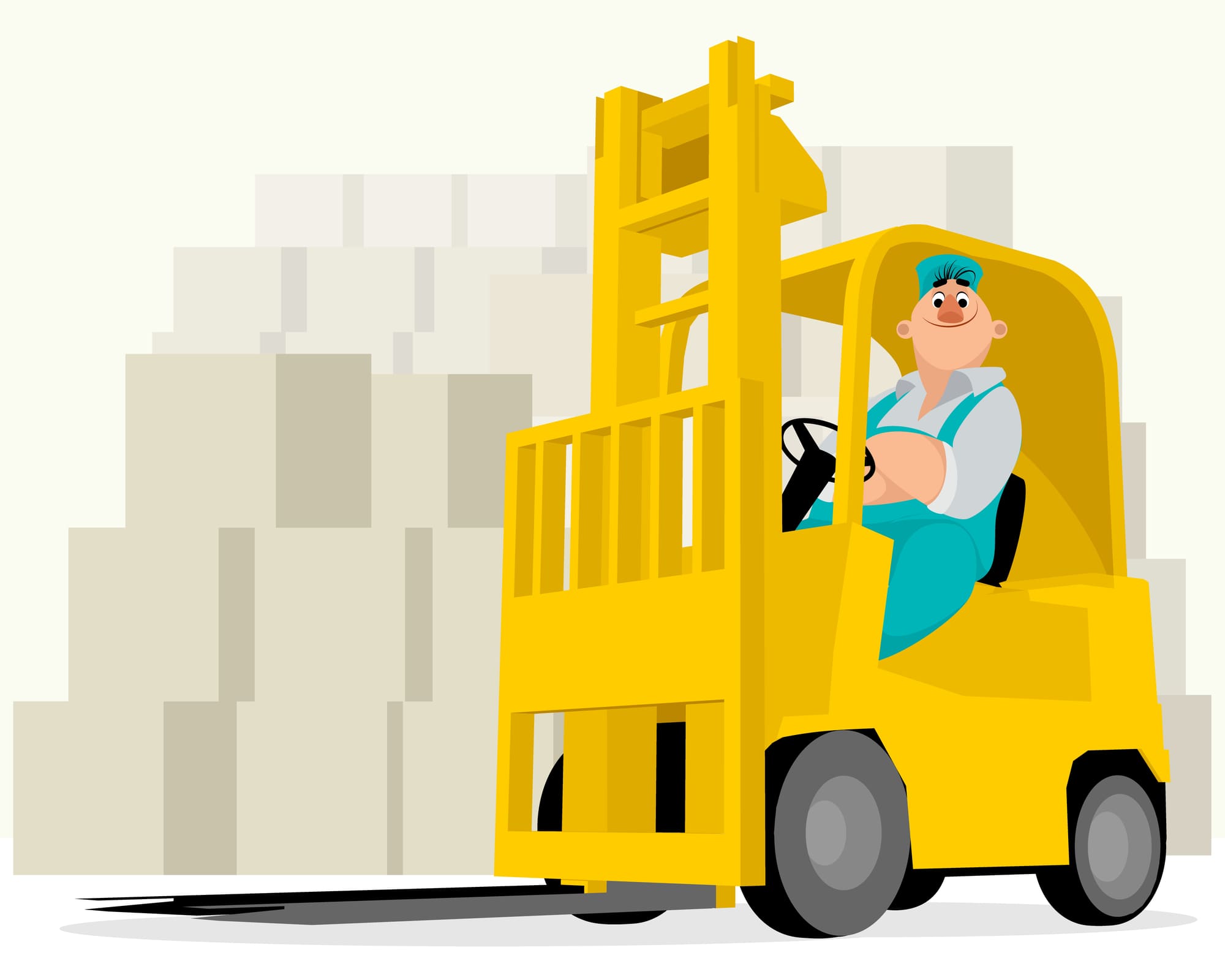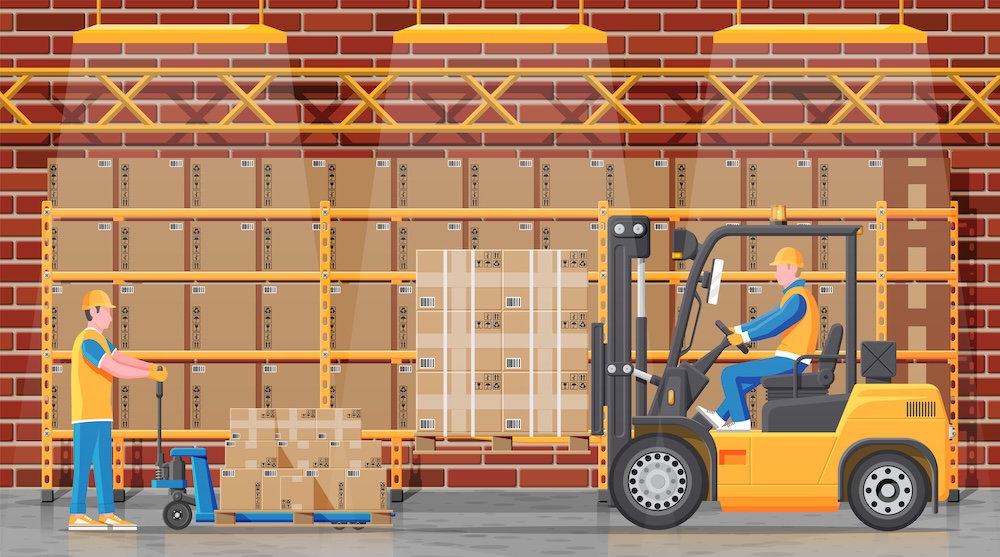What's a Rough Terrain Forklift? All About Forklifts for Outdoor Use
10/24/2019
CITrucks
Many times, when people think of forklifts, they think of large, mobile machines moving pallets around inside of a warehouse. Although this image is often accurate, rough terrain forklifts are equally important and perhaps, even more useful.
So how exactly do rough terrain forklifts differ from indoor ones? Continue reading and we'll walk you through what defines a rough terrain forklift. We'll also go over important safety information as well.
What Is a Rough Terrain Forklift?
The purpose of pretty much any forklift is to carry heavy material from one location to another. Rough terrain forklifts are specifically built to move that material over rocky, hilly, or unstable ground. These machines are meant to be used outdoors instead of inside of a factory or warehouse.
At first glance, you'll notice how the tires on a rough terrain forklift differ from ones on an indoor lift. These tires are rugged and much more durable than ones designed for going over level cement. They also feature exceptional traction for optimal stability.
A rough terrain forklift that can't move on rocky or slippery surfaces isn't going to do you much good. The tires should be knotted and big. This will help them to grip the terrain and keep moving.
In order to make sure that rocks and other sharp materials don't damage or puncture the tires, the tires are reinforced. The larger the tire, the better you are able to prevent the machine from sinking into loose or soft ground. And in order to get improved handling, a lot of rough terrain forklifts will be all wheel or front-wheel drive.
These lifts are built to work in inclement weather conditions including snow, rain, mud, and heavy winds. Many times, rough terrain lifts are constructed out of composite materials or galvanized steel as this helps them to fight moisture. They are also stronger in general than indoor lifts and can often lift heavier weights.
Types of Outdoor Forklifts
There are three main types of builds for outdoor forklifts. Your lifting environment and also what you're going to be loading will determine which type of build you choose.
The variable reach configuration has the most flexibility as well as a telescoping boom. The point of this boom is so that the operator can lift materials and move them over and between different obstructions and objects.
The more common build is the vertical mast configuration. This forklift sports a vertical support in front of the driver.
The third type of forklift is the rotating telehandler forklift. These machines are similar to the variable reach configuration. They are able to lift extremely heavy weights and swivel the lifted materials 360 degrees on a turntable.
Some rotating telehandlers come with a second joystick so that you can separately control the rotation. These machines also come with stabilizers so that operators can safely shift loads from one side to the other.
Who Uses Rough Terrain Forklifts?
These forklifts are popular among the military because they are a great way to transport items within camps and military bases. You can also find rough terrain forklifts on a variety of construction projects. That's because they're perfect for raising materials onto an upper floor or roof of a building.
Rough terrain forklifts are also utilized when removing materials from a truck and moving them to a road construction site or oil refinery. Farmers and ranchers also make a lot of use out of outdoor forklifts.
Rough Terrain Forklift Safety Tips
When operating a forklift, drivers need to exercise plenty of caution. Just because these forklifts are meant to withstand rough conditions doesn't mean you shouldn't treat them with care. Improper operation of an outdoor forklift can quickly result in the machine tipping over.
Like with indoor lifts, operators should raise heavy materials when the forklift is on a stable and steady surface. Trained forklift operators know that being able to identify stable ground is absolutely necessary for safely using a rough terrain forklift. Having a good understanding of how to carry a load is also important.
The government agency that regulates how outdoor forklifts are safely operated is the Occupational Safety and Health Administration. This agency teaches forklift operators that they should drive at safe speeds at all times. The agency, however, doesn't set specific speed limits.
A forklift driver must be able to determine a safe speed limit on their own. They do this by paying attention to the personnel that is in the location, load stability, surface conditions, and other machines that are operating in the area. Anyone who operates a rough terrain forklift should wear earplugs, safety glasses, a hard hat, and a seatbelt.
Rough terrain forklifts commonly utilize internal combustion engines, so the machines may need to be refueled every so often.
Those who operate these machines must take into consideration the different hazards that are associated with the type of fuel. This includes propane, diesel, and gasoline.
Whenever refueling a rough terrain forklift, the operator should have a fire extinguisher nearby.
Should You Get an Outdoor Forklift for Your Next Project?
If you're planning on moving a lot of heavy materials over surfaces that are uneven, unstable, or bumpy, it would be wise to consider purchasing or renting a rough terrain forklift. Be sure to pick the specific build that works best for your project and make sure that your operator is well-informed on the safety guidelines.
Interesting in getting a forklift for your next construction project? Contact us today to learn more about buying and renting a rough terrain forklift!

